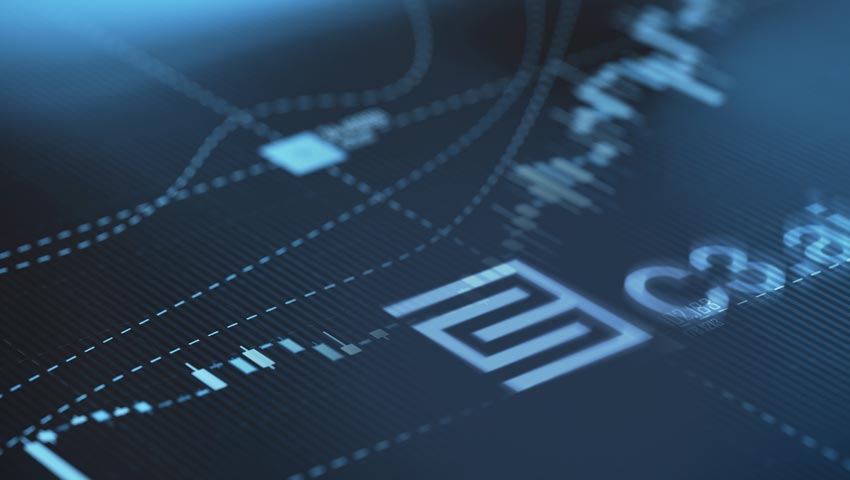Energy giant has 280 AI projects in various stages, using the technology to prevent malfunctions and find new sources of oil and gas, among other things
Royal Dutch Shell PLC’s two-year-old strategy to embed artificial intelligence across its operations is helping the oil giant lower costs and avoid downtime.
The Anglo-Dutch company, which has roughly 84,000 employees, has 280 AI projects in various stages, including ones that determine where to drill for oil, that flag equipment likely to malfunction, and that steer drill bits through shale deposits.
Dan Jeavons, Shell’s general manager of data science, said the company is on a multiyear digital-transformation drive to improve efficiency and safety and to cut carbon emissions.
“We’re using machines to do a lot of the [manual] work accurately that would take humans a very long time,” Mr. Jeavons said.
Shell has 160 data scientists and it has also trained 800 citizen developers, or rank-and-file employees with basic programming skills, to work on its AI projects.
For some of its AI application development, Shell is using a software platform from Redwood City, Calif.-based software company C3.ai. That platform, which uses Microsoft Azure cloud service, enables Shell’s AI team to build and operate AI and internet-of-things applications at scale.
Shell is among several oil and gas companies that have been tapping AI to improve operations and cut costs. Others include Exxon Mobil Corp., BP PLC and Chevron Corp.
Ramanan Krishnamoorti, a professor of chemical and biomolecular engineering at the University of Houston, said oil companies have been historically slow to innovate, but the downturn in oil prices in 2014 prompted them to seek tools, such as AI applications, that could help cut costs.
Other big oil-and-gas companies are deploying AI at the same rate as Shell, but Shell appears to be “in the pole position or close” in terms of the number of AI projects, Mr. Krishnamoorti said. Even with almost 300 AI projects, the company has room for growth, he said: “It’s a large number, but not anywhere close to what it could be.”
One of Shell’s main AI projects focuses on predictive maintenance, spotting when valves, compressors and other extraction or production equipment is likely to malfunction. Mr. Jeavons said the technology has been deployed at 23 locations, such as onshore refineries or offshore platforms for oil production and storage, since summer 2018. That represents 70% of the 33 locations initially targeted.
Sensors, both wired and wireless, capture equipment-performance data. The sensors feed machine-learning algorithms trained on historical data, including conditions such as the temperature and pressure of internal parts, during past malfunctions. By learning which conditions preceded mechanical “trips,” those algorithms have provided early warnings that allowed employees to replace parts before malfunctions could halt operations.
Mr. Jeavons said it is difficult to assess how much money the technology has saved the company. But he pointed to one scenario at its Pernis oil refinery in the Netherlands where early detection helped the company avoid two malfunctions, saving an estimated $2 million in maintenance costs and downtime.
Another large AI project is aimed at helping the company find new sources of oil and gas by cleaning up data from seismic surveys, which are used to create images of rock formations that in turn help scientists locate oil deposits below the ocean floor.
The problem, historically, has been that these surveys don’t paint a clear picture of what rock formations look like. Underwater currents and other factors produce “noisy data” that affects the images. Shell created machine-learning algorithms, based on images the company has cleaned, to filter out that noise.
Those surveys used to take human workers several months to interpret. The AI system reduced the time needed to produce clearer images by 80%, bringing it down to a matter of weeks.
“The opportunity that we’re after is being able to screen lots and lots and lots of [locations] very quickly,” Mr. Jeavons said. “That’s why cycle time is important, because you could look at more areas and then potentially pick the best ones. If you’re taking a long time over each, then you’re only able to look at a few in the same time scale.”
Shell continues to expand its use of AI. One project in development involves AI-enabled onshore drilling, in which real-time data coming from the drill bit helps geologists chart a more accurate course for the well and reduce drill wear-and-tear.
The company also wants to use machine learning to make personalized offers to gas-station customers who belong to its loyalty program, based in part on past purchases they have made. Shell is also testing the use of computer vision to identify safety risks, such as cigarette smoking near gas pumps, and alert store managers.
Read the full article here.



